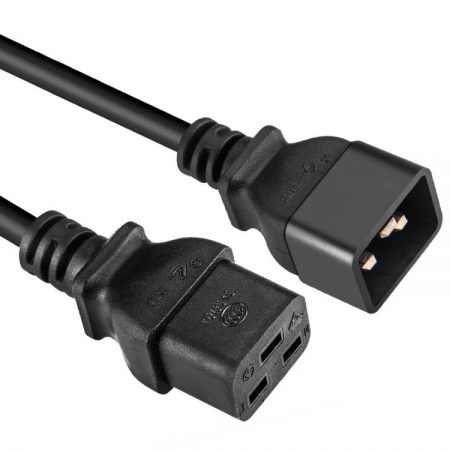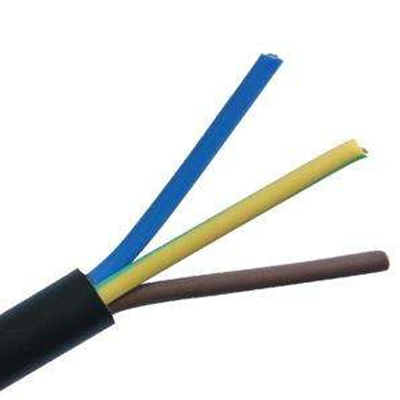Electricity is used by everyone. Traveling from one nation to another, however, will result in different power plugs, sockets, and wires. The average person may experience some inconvenience from this, and individuals who work with electricity may be at risk.
Therefore, understanding the many power cord kinds and how they are used to conduct electricity will help you avoid wasting time, frustration, and money.
What Are Power Cords?
The electrical hardware that is mostly utilized to transfer AC and DC is power cords. Power cords are typically made of copper by producers in the electrical sector. To safeguard them, these copper wires are protected with a non-conductive substance, often a plastic coating.
Brief History of Power Cords
Thomas Edison is credited with creating the modern power distribution system in 1882. To insulate a copper rod, Edison wrapped it in soft, lustrous jute, a material made from plants. He put the bituminous substance-filled pipe with the copper rod covered in jute inside. The designs of modern power cords were based on this invention.
Vulcanized rubber was created in 1844, but it wasn’t employed to create electrical wiring until 1880. Has since, till the 1930s, the coiled rubber sheath power cord has been the standard. At this period, the well-known armored cable first appeared. Despite being more expensive, this new style was used until 1950. The two-wire PVC insulated cable replaced it.
PVC-coated power cords are still the industry standard because they are durable and heat resistant. They do, however, come in a wide range, with various lengths, diameters, and insulations.
Types of Power Cords You Should Know
International Standards IEC 60320
The internationally recognized standard for power cables for appliances with voltages up to 250 volts is called as IEC60320 power cord. It is true that several types of power cords are used in many nations around the world, each with its own regulations. However, the majority of nations continue to accept the IEC 60320′s global requirements.
The C13, C15, and C19 connector types are the most used ones in the IEC. These are frequently utilized in settings like data centers.
NEMA Power Cords
NEMA power cords serve as a benchmark for plugs, voltage capacity, and receptacle arrangements in North America. As was already said, Type A and Type B NEMA cords are the most common in North America. Type B has an additional grounding rod while Type A only has two conducting prongs or blades.
Europe: CEE 7/7
The majority of European nations utilize this standard European power cord. The requirements for plugs are defined by CEE 7/7. The CEE 7/7 is also used in other nations that adhere to the CENELEC standard. European C13 power cord and European C19 power cord are the most frequently used power cords with CEE 7/7 plugs.
Other Types of Cords
AC Power Cords
Electrical energy can be sent from a power supply towards household equipment using an AC power connection.
An AC power cord is made out of wires, rubber or polymer wire insulation, and plugs with a casing, wire terminals, and prongs. The voltages of AC power lines vary frequently. As a result, producers of such power cords must adhere to strict criteria.
Cord Sets
Like standard power cords, cord sets conduct electricity. Copper wires and a covering of protective insulating material are also present. To counteract voltage spikes, cord sets do incorporate additional parts, especially electrical fuses. They also have voltage checkers and a leak detector that are exclusive to them. In addition to these, they have a shielding substance to lessen the effects of electromagnetic energy.
Extension power Cord
There are several sizes and lengths available for extension power cords, often known as power extenders or extension leads. An extension cord typically has a long wire with a three- or two-pin plug on one end and a socket for connecting devices to electricity on the other.
Conclusion
Every person who uses electricity will require some sort of power cords. However, the precise power cables you will need will vary based on a variety of variables, including the voltage and the location where they will be used. It is crucial to put security first while selecting the appropriate cables.
Post time: Sep-23-2022

